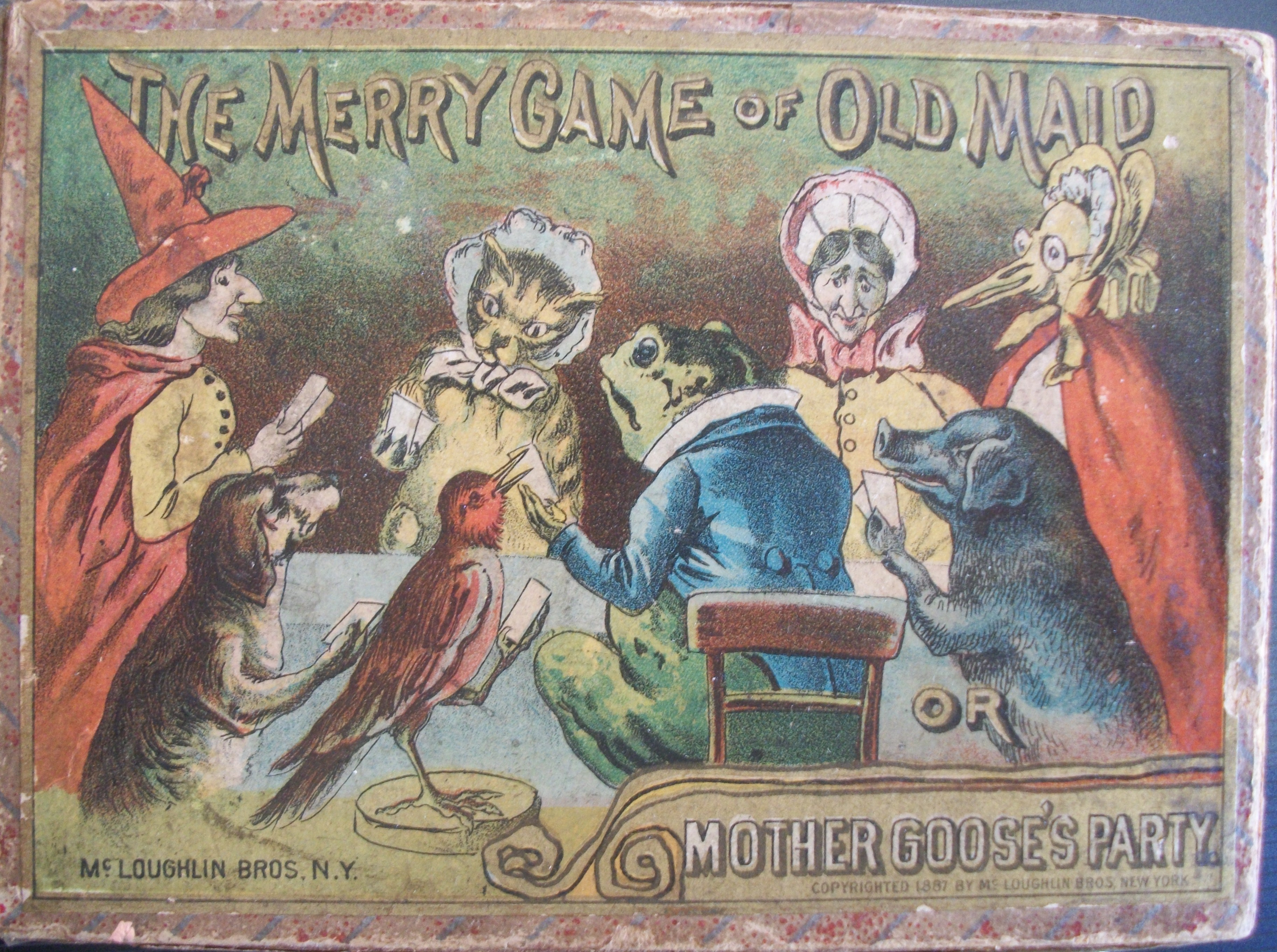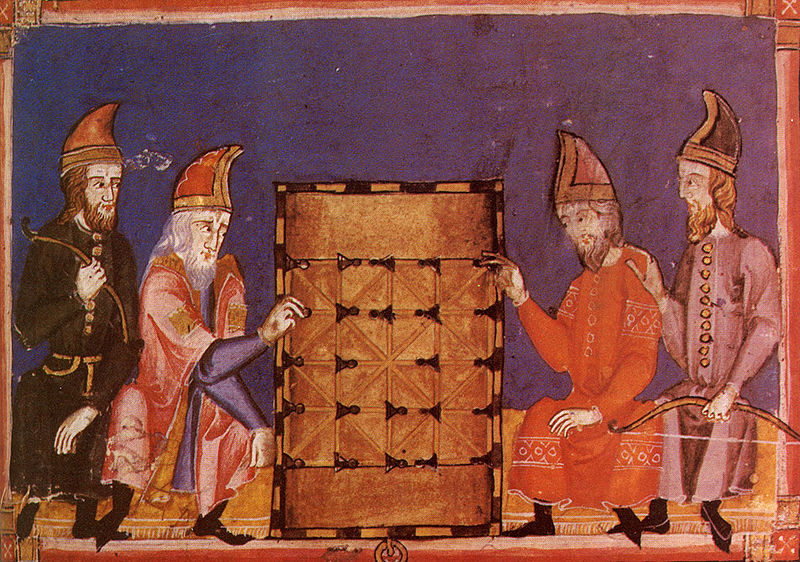![800px-Alquerque_in_Libro_de_los_juegos[1] ancient board game board](https://allaboutfunandgames.com/wp-content/uploads/2013/07/800px-Alquerque_in_Libro_de_los_juegos1-300x210.jpg) The ancient game of Alquerque has origins tracing back to Egypt. An unfinished Alquerque board is seen cut on roofing slabs in a temple at Kurna, which was built around 1400BC. It is believed the game board, along with a few other boards discovered on the temple stones, was etched by masons. Before placing the slabs, these workers are assumed to have used the boards to play games when resting at the construction site.
The ancient game of Alquerque has origins tracing back to Egypt. An unfinished Alquerque board is seen cut on roofing slabs in a temple at Kurna, which was built around 1400BC. It is believed the game board, along with a few other boards discovered on the temple stones, was etched by masons. Before placing the slabs, these workers are assumed to have used the boards to play games when resting at the construction site.
The earliest written mention of the game seems to be in a 10th century work entitled Kitab al-Aghani (book of songs). The game was later introduced into Spain by the Moors, and Alfonso X included it in his Book of Games in 1283. In this manuscript, a written account of the rules for the game are first shared.
The Alquerque board is a 4×4 squared surface, with lines inscribed within the squares. Movement of the player’s pieces is along the lines from the points of the squares and not the cells. This creates a 5×5 playing area.
 Each player begins with 12 pieces of differential color and begins the game by placing them all on the board on his side. They are placed on the board so the center point is left empty, as shown.
Each player begins with 12 pieces of differential color and begins the game by placing them all on the board on his side. They are placed on the board so the center point is left empty, as shown.
A method to determine who goes first is used. Players then take turns moving their pieces with the objective to capture all of his opponent’s pieces. Alquerque is an early form of checkers.
Players can move a piece to any empty adjacent point along a line. If a player’s opponent piece is next to his, and the next point beyond it is empty, a capture can be made by leaping over his opponent’s piece and taking it off the board. Like checkers, multiple leaps can be made and opponent pieces captured.
The game is said to be played with intelligence in Alfonso X’s Book of Games. The winner of the game is described as being the player who best guarded his men from capture. The loser is the one who guarded his pieces worse. But, if both players know how to play, the game ends in a draw.
Alfonso X’s Book of Games is a fantastic manuscript illustrating and describing many different games of the time. Known for his wisdom, Alfonso X believed games offered happiness to those who played. The work includes an interesting story about why three types of games were invented and played. The three types were chess for skill, dice for chance, and tables for a balance of skill and chance. At the end of this manuscript are additional types of games (other than the basic three) for the highly learned men of the time.
Alquerque is considered a game of skill. It tests a person’s awareness and insight into future consequences. It is interesting to note the winner is described as the player who guarded his men best and not of being the best aggressor in Alfonso X’s book. Even though this would be the result in the end, it would seem to be the best ‘capturer’; you must also be the best defender.
The study of games is always an interesting look into the thoughts of players of the past. A lot can be learned by understanding games, and how they were played and taught.
Feel free to follow/like All About Fun and Games on facebook for continuing information on fun and games!

